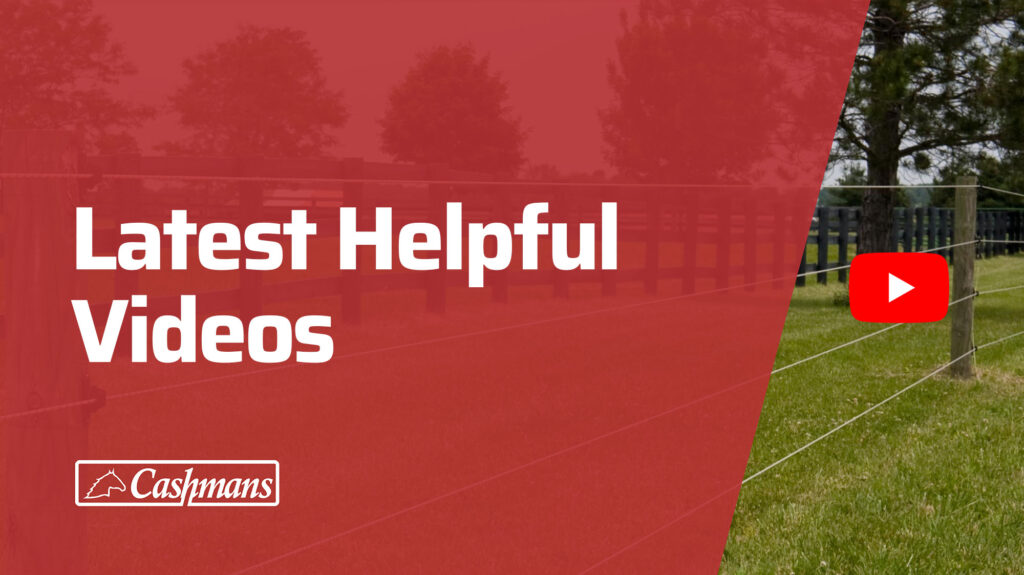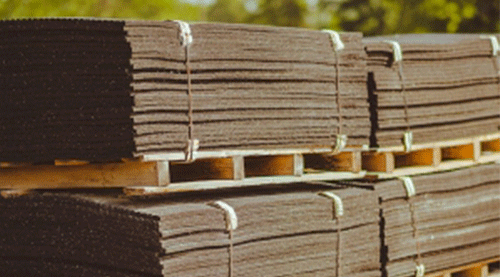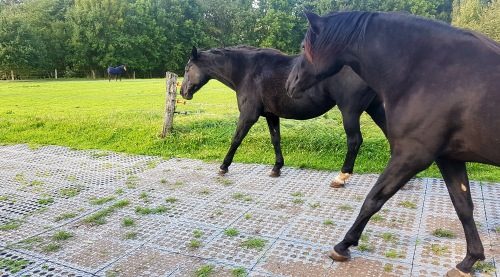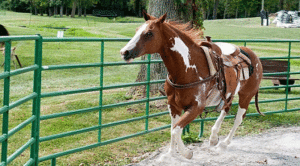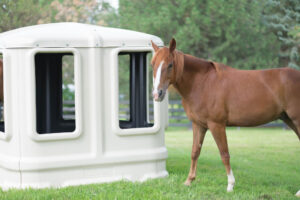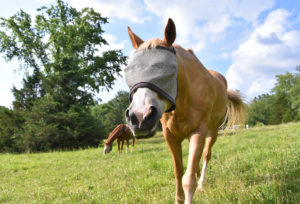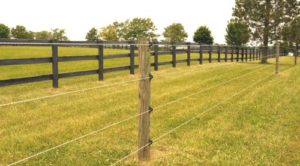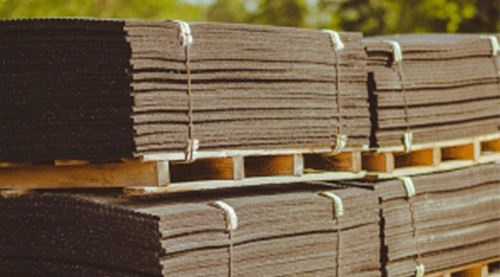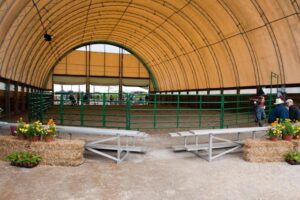
Large Stall Projects
with Yash Balisaria from American Stalls
by Lisa Kiley – Published in Horsemen’s Corral May 2023
A couple of months ago, we talked to Yash Balisaria, CEO of American Stalls, about different ways to add some elegance to your home barn. This month we asked him about some recommendations when it comes to putting in larger modular stall projects. While most of us may only have a few horses, many of us are involved in activities with our horses that will take us off property where our horses will need to be stalled in locations away from home. Similarly, if you are involved in the decision-making process for your local 4-H fairgrounds, breed association, or open show program there might be a time when you will need to invest in new stalls for the event grounds. Here are some tips when it comes to large scale stall projects:
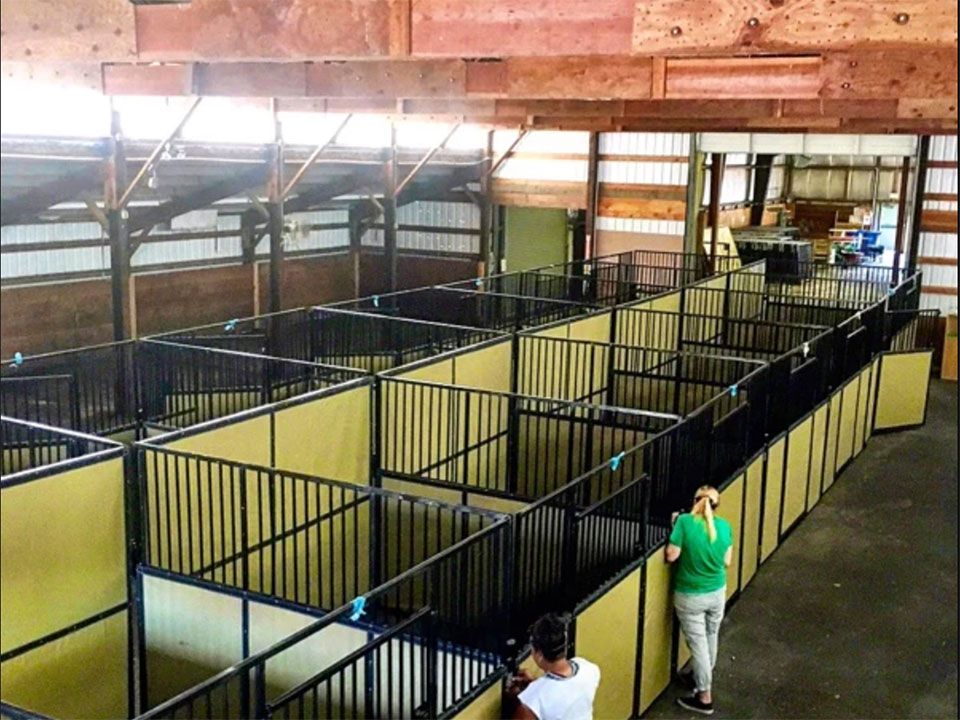
Once upon a time, stalls at event grounds were often built-in permanent stalls. Often, these stalls could be small, dark, and weren’t always in the best repair. Nowadays, it is much more likely that the stalls at events you attend will be modular and made with safer materials for your horse. Balisaria advised that there are so many event options for equestrians to choose from, it makes sense for facilities to invest in safe stall options that will encourage participants to keep coming back. He continued that with longer circuits where horses stay more than just a night or two, this becomes even more important. For horses to perform their best, they need to be able to rest comfortably in their stalls.
There are several reasons why modular stalls are a great solution for event grounds. Built-in barns require designated areas that are just for horse stalls, but when using portable stalls, they can be configured inside of a building that is multi-use. It also makes it easier to add stalls and grow with the facility. There are many options for how and where the stalls can be organized because they are made to be easily set up and taken down. Balasaria suggests stalls that are made with galvanized steel and powder coat to protect against rust. Stalls with extra tubing on the top allow for forklifts to pick them up and move them easily from storage to where they will be used. He also shared the insider tip to wrap the forks with polo wraps which will help protect the stalls from getting scratched and marred in the moving process.
When it comes to set up, Balasaria is most concerned that the stall planning and construction keep safety in mind. He advised that bar spacing should be close enough together to not allow for a horse’s hoof to get trapped and doors should always be at least 48”. Stall sizes should be appropriate for the types of horses showing at the facility, while often not as large as home horse stalls, they need to have enough room to lay down and get up comfortably without the fear of becoming cast. Stalls should be made of materials that are easy to clean which is important for sanitization between uses. Hosing down with a mild soap should be practiced frequently to keep stalls in good shape.
To save money for large projects, Balisaria encouraged thinking about how the stalls can be configured to maximize the space. The best way to do this is to install stalls that are back-to-back which allows for a shared back wall and can drop the cost of each stall down by hundreds of dollars. Aisleways should be at least 10’ feet wide, but 12’ wide is preferable. Adequate aisleway space allows for swinging doors on both sides and horse and human traffic when tacking up and preparing to show. Thinking about the flow of traffic before setting up the stalls will help to inform you how many breaks should be between blocks of stalls.
If you are working on a project for a facility or a fairgrounds, there are minimums when ordering modular stalls, typically around 25 stalls. Balisaria also shared that custom stalls can take 3 to 5 months to produce, so planning ahead is important. With custom stalls, there are several options that can be selected to make the stalls a perfect fit for the facility, from size to color. There are also costs associated with shipping the stalls to the facility and shipping can also add additional time to the order based on where the facility is located. Preparing far enough in advance for your project will make the whole process much more seamless. One of the most important things to consider when planning a stall project like this is working with the right team to help bring the project to fruition. Balasaria advises that working with companies that offer a relationship and not just a product is the way to go. He also encourages clients to buy quality which will save time on maintenance over the years. Cashmans is proud to offer American Stalls portable stalls, if you are interested in learning more about a project for your facility, reach out and we can help you check out the options available.
Cashmans Helpful Resources
Recommended For You
-
-
Stable Ground Mud Solution
$17.50




